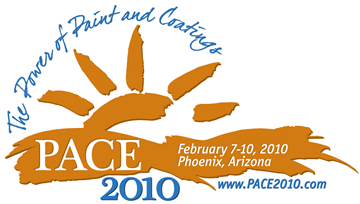Search
Individual Conference Papers
View as
Sort by
Display
per page
Real-Time Measurement of Aerospace Organic Coating Condition and Performance in Atmospheric Corrosion Conditions
Product Number:
51324-20742-SG
Publication Date:
2024
$40.00
Real-Time Measurement of Electrocoat, Powder Coat, and Organic Coatings for Atmospheric Galvanic Protection
Product Number:
51324-20945-SG
Publication Date:
2024
$40.00
Real-time measurement of organic coating performance for atmospheric galvanic corrosion protection
Product Number:
51323-19036-SG
Publication Date:
2023
$20.00
Reassessment Of CP Effectiveness In A Multifaceted Electrolyte
Product Number:
51321-16863-SG
Publication Date:
2021
$20.00
Recent Advance in Corrosion Monitoring of Atmospheric Corrosion
Product Number:
51319-12713-SG
Publication Date:
2019
$20.00
Recent Advancements of Corrosion Inhibitors Using Graphene Oxide-Based Nanomaterial
Product Number:
51323-19268-SG
Publication Date:
2023
$20.00
Recent Advances In Depth Assessment Of Stress Corrosion Cracking Using Tangential Eddy Current Array On Carbon Steel Pipelines
Product Number:
51322-17983-SG
Publication Date:
2022
$20.00
Recent Advances in Hybrid Laser-Arc Welding of Thick Steel Plates
Product Number:
MPWT19-15295
Publication Date:
2019
$0.00
Recent Advances in Water-Based Coatings and Their Contributions to Asset Protection and Sustainability Goals
Product Number:
51324-20581-SG
Publication Date:
2024
$40.00
Recent Advances On The Influence Of Microstructural Characteristics On Corrosion Resistance In H2SO4 Of Anodized Titanium
Product Number:
51322-17589-SG
Publication Date:
2022
$20.00
Recent Developments in Glassflake Technology and the Use of Glassflake Coatings in Heavy Duty Coating Systems
Product Number:
41205-170-SG
Publication Date:
2005
$20.00
Recent Developments in the Measurement and Monitoring of Climatic Conditions
Product Number:
41210-539-SG
Publication Date:
2010
$20.00












